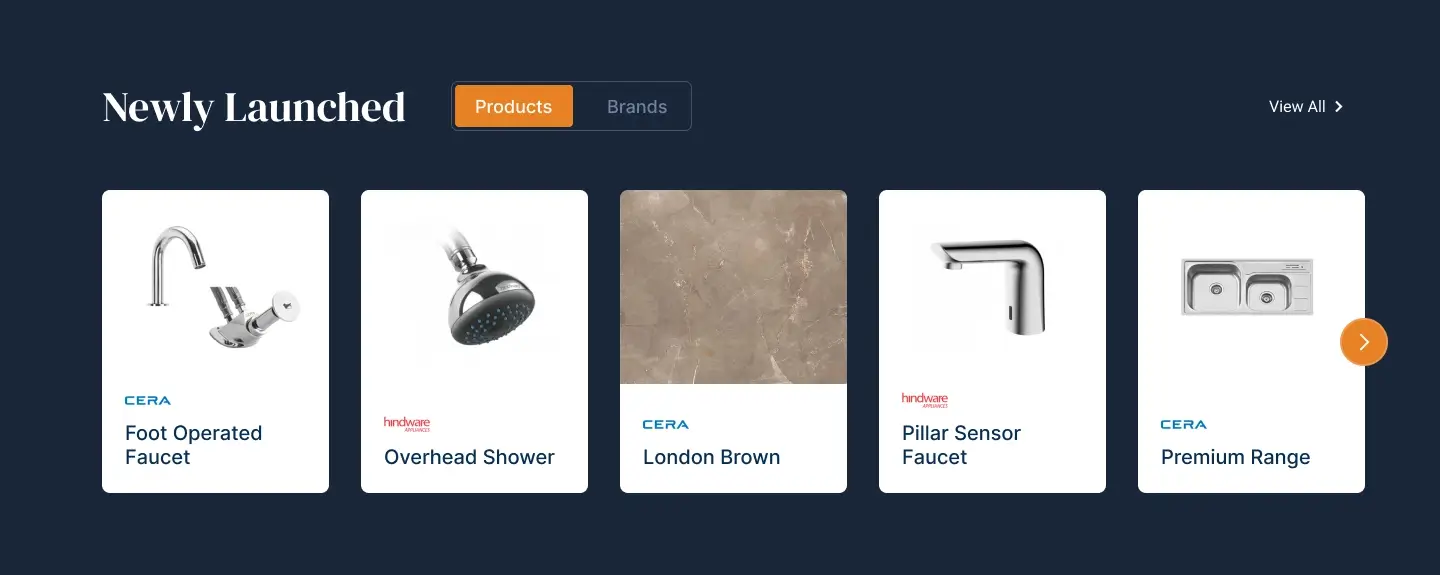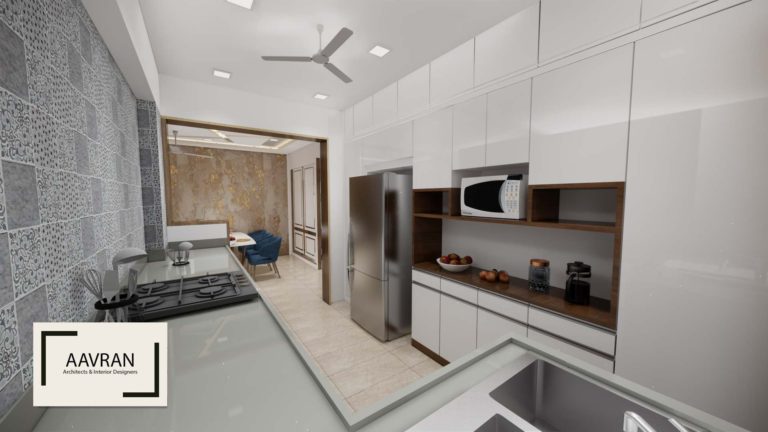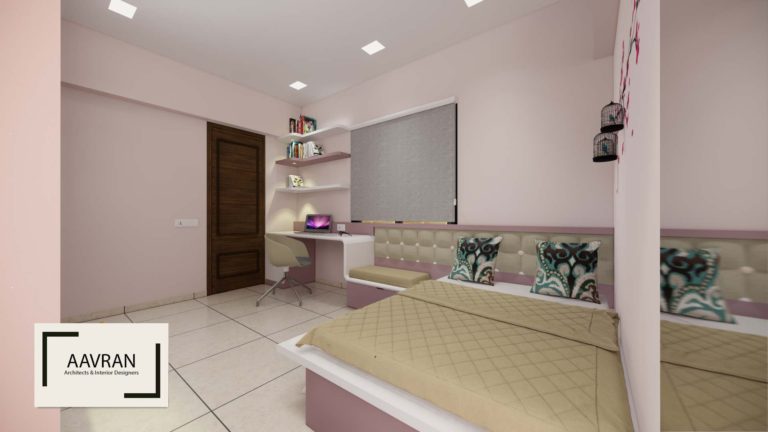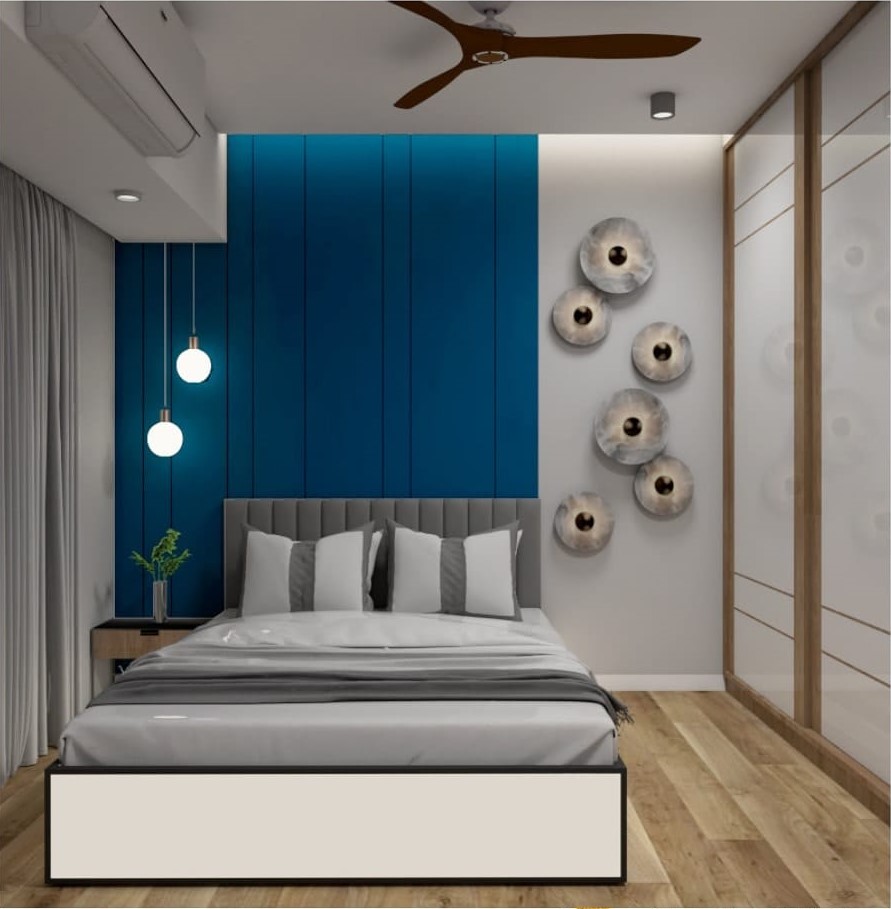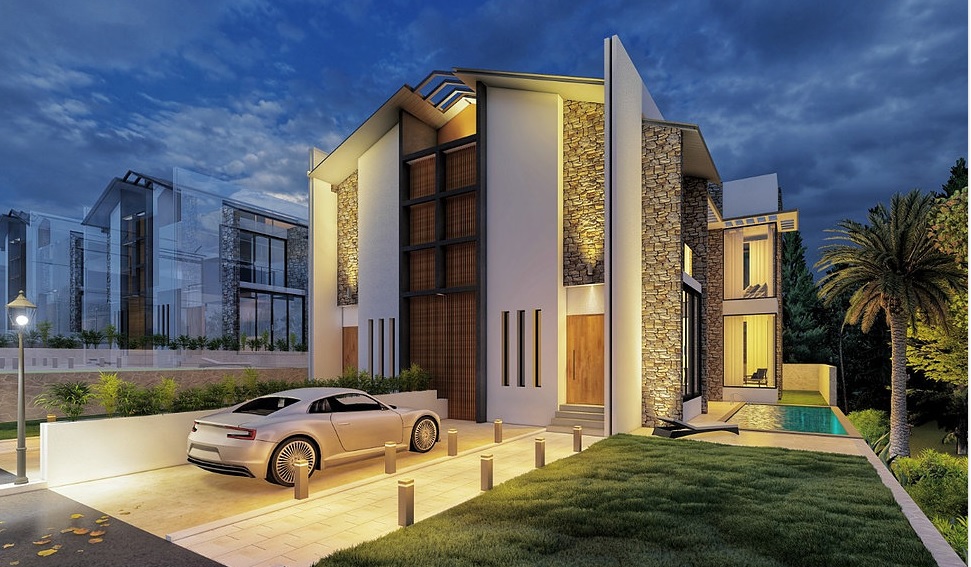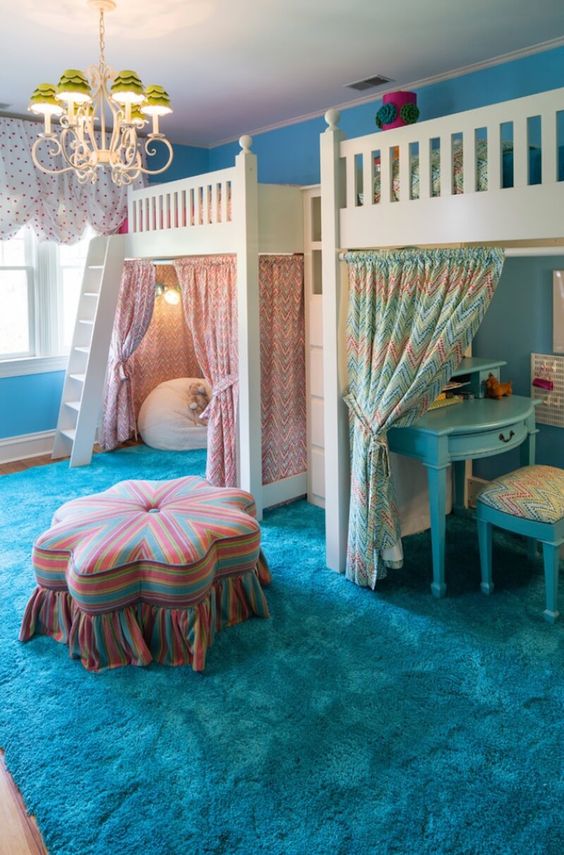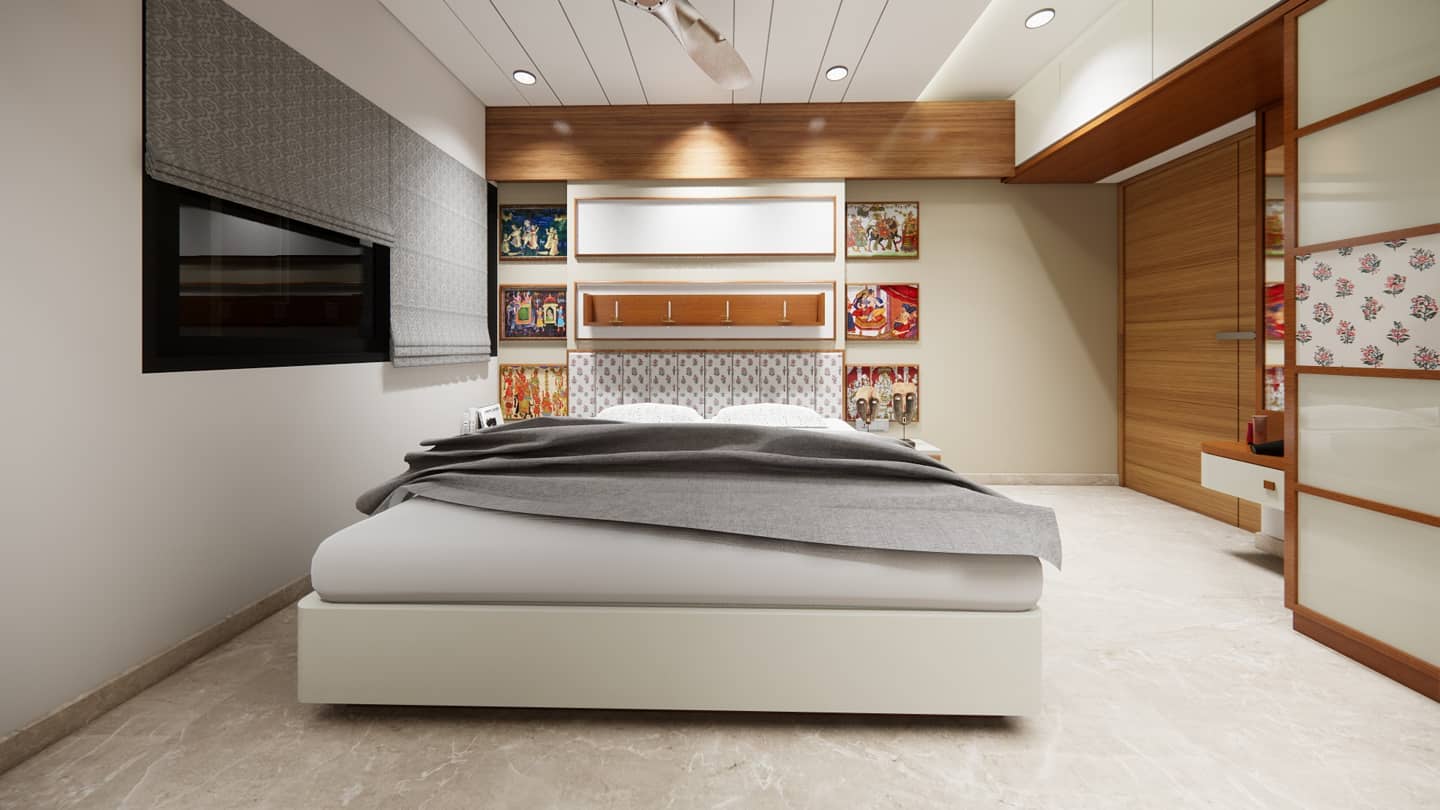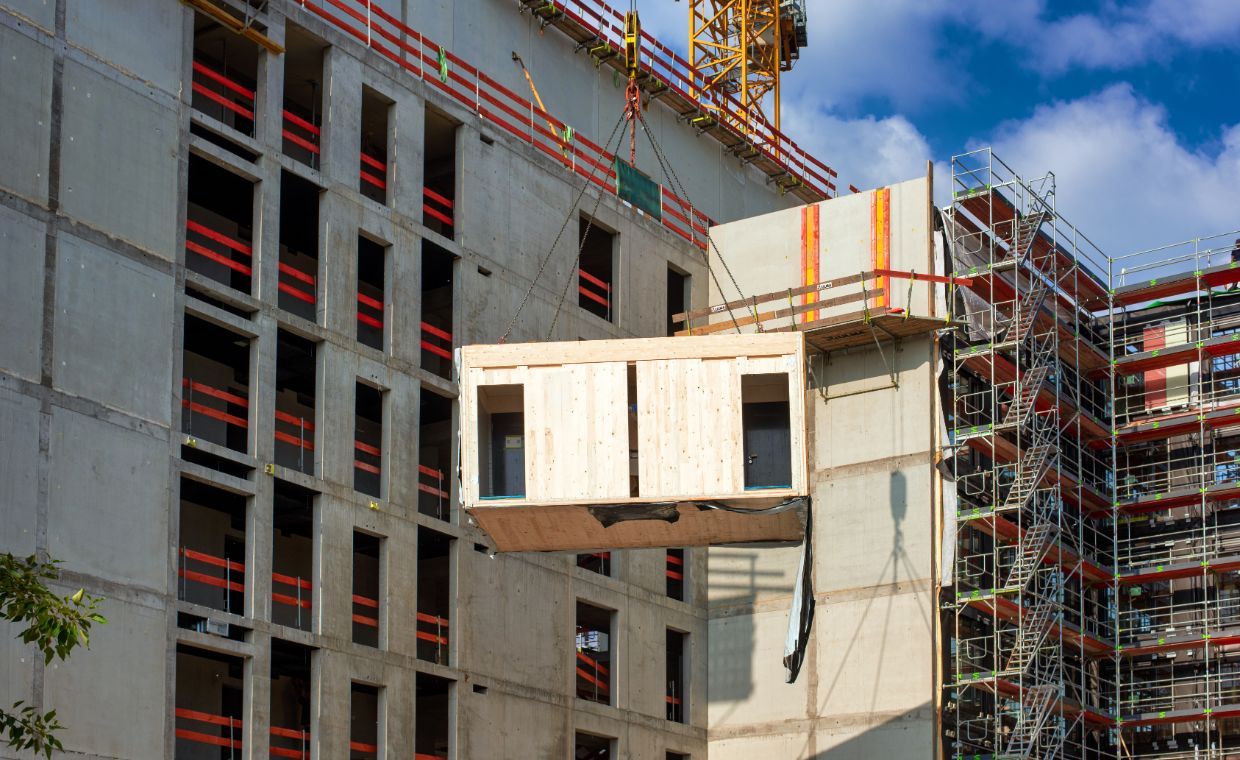
Table of Contents
Quick Summary
- Ductless AC systems (mini-splits) eliminate energy loss from ductwork.
- Zoned cooling allows precise temperature control for each room.
- Inverter technology ensures smooth, efficient operation.
- Cleaner indoor air improves system performance and efficiency.
- Lower operating costs help offset initial installation expenses.
- Eco-friendly refrigerants reduce environmental impact.
- Flexible installation is ideal for remodels, additions, and older homes.
- Overall, ductless systems provide long-term comfort, efficiency, and sustainability.
Keeping your home cool in the summer is essential, but it often comes with a cost-both to your wallet and to the environment. Traditional central air conditioning systems can be effective, but they’re not always the most energy-efficient solution. Between duct leaks, uneven cooling, and higher electricity usage, many homeowners are now looking for smarter ways to keep their homes comfortable without running up their utility bills.
This is where ductless AC systems, also known as mini-split systems, come in. Known for their sleek design, precise control, and advanced technology, ductless systems offer a range of benefits that go far beyond simple cooling. One of the most important advantages is their ability to operate with far greater energy efficiency than traditional HVAC setups.
Let’s break down the key energy-saving benefits that make ductless AC systems an increasingly popular choice for homeowners and businesses alike.
1. No Energy Loss Through Ductwork
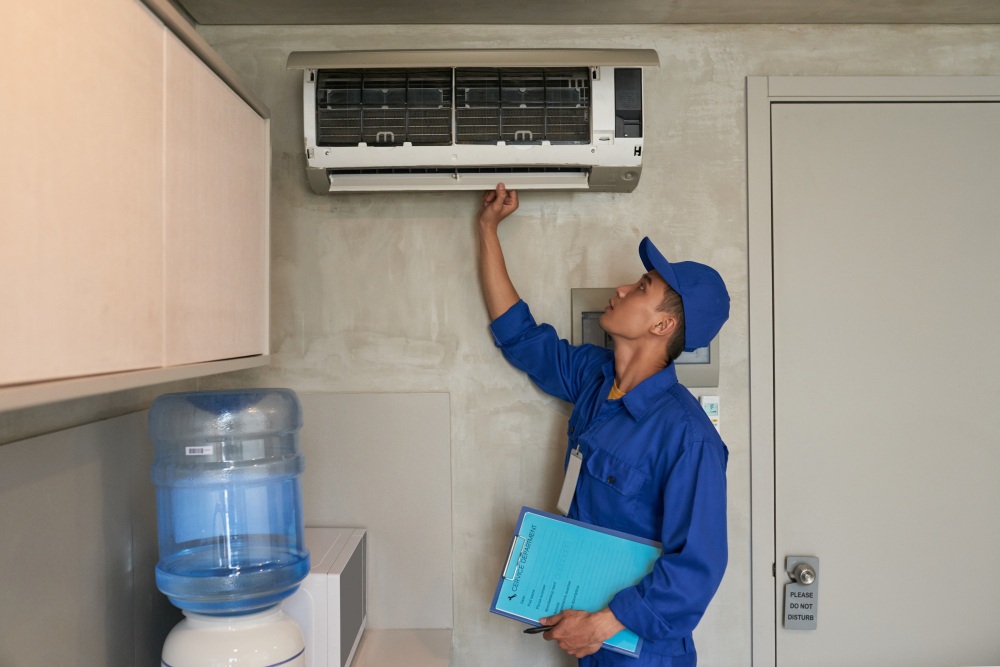
In traditional central AC systems, cool air must travel through a network of ducts before it reaches different rooms in the house. Unfortunately, ducts are notorious for losing energy. In fact, according to the U.S. Department of Energy, duct leaks and poor insulation can result in energy losses of up to 30%.
This means a significant portion of the electricity you’re paying for never actually cools your living spaces-it’s lost along the way. Ductless AC systems completely eliminate this problem. Because they deliver conditioned air directly from the indoor unit into the room, there’s no ductwork to leak, no insulation issues to worry about, and no wasted cooling power.
2. Zoned Cooling for Maximum Control
Another way ductless AC systems save energy is through zoned temperature control. With central air, you have one thermostat controlling the entire home, which means cooling every room to the same temperature-even if some rooms aren’t being used.
With a ductless system, each indoor unit acts as its own zone. This allows you to set different temperatures for different areas or even turn units off entirely in unused rooms. For example, you could keep the living room comfortably cool while letting bedrooms stay warmer during the day. This level of control means you’re not wasting energy cooling spaces that don’t need it.
3. Variable-Speed Inverter Technology
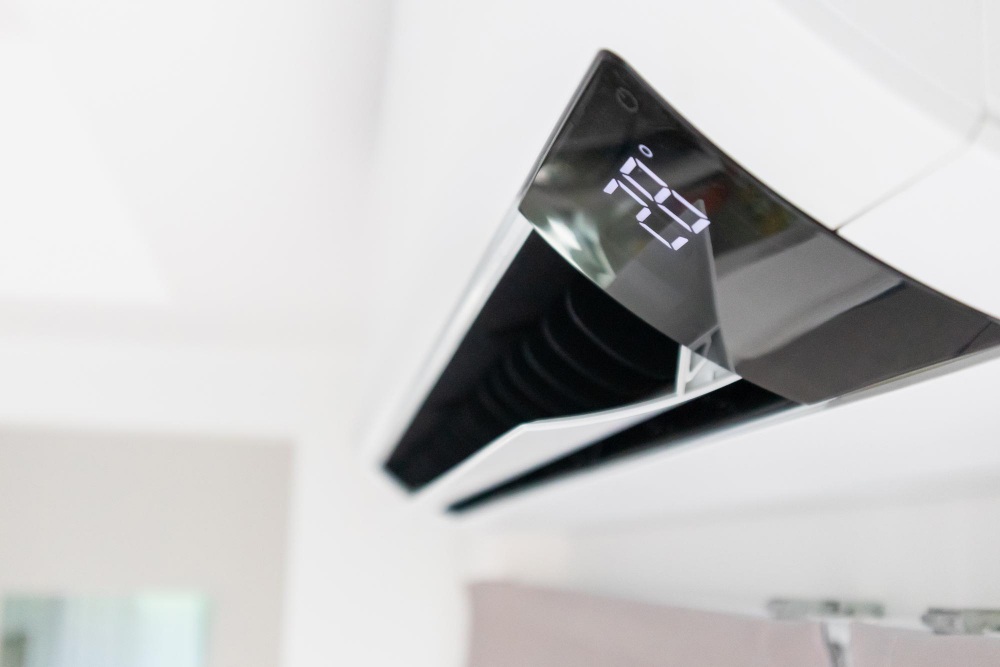
Many ductless AC systems feature inverter-driven compressors. Unlike traditional air conditioners that operate on a stop-start cycle (turning on at full power, then shutting off completely), inverter technology adjusts the compressor speed based on demand.
This means the system can run at a lower speed when less cooling is needed, avoiding the frequent energy spikes caused by constant starting and stopping. The result is smoother operation, greater efficiency, and less wear and tear on the system. Over time, this translates into lower electricity bills and a longer lifespan for your AC.
4. Better Indoor Air Quality Supports Efficiency
While indoor air quality might not seem directly tied to energy efficiency, the two are closely connected. In a central AC system, ducts can accumulate dust, allergens, and debris. When the airflow is restricted by dirty ducts or clogged filters, the system has to work harder to push air through-using more energy in the process.
Ductless AC systems avoid these problems by eliminating ducts entirely and using advanced multi-stage filtration to keep the air clean. Because there’s less buildup of contaminants, the system can operate at peak efficiency for longer periods, ensuring you’re getting the most cooling power for your energy dollar.
5. Lower Operating Costs Over Time
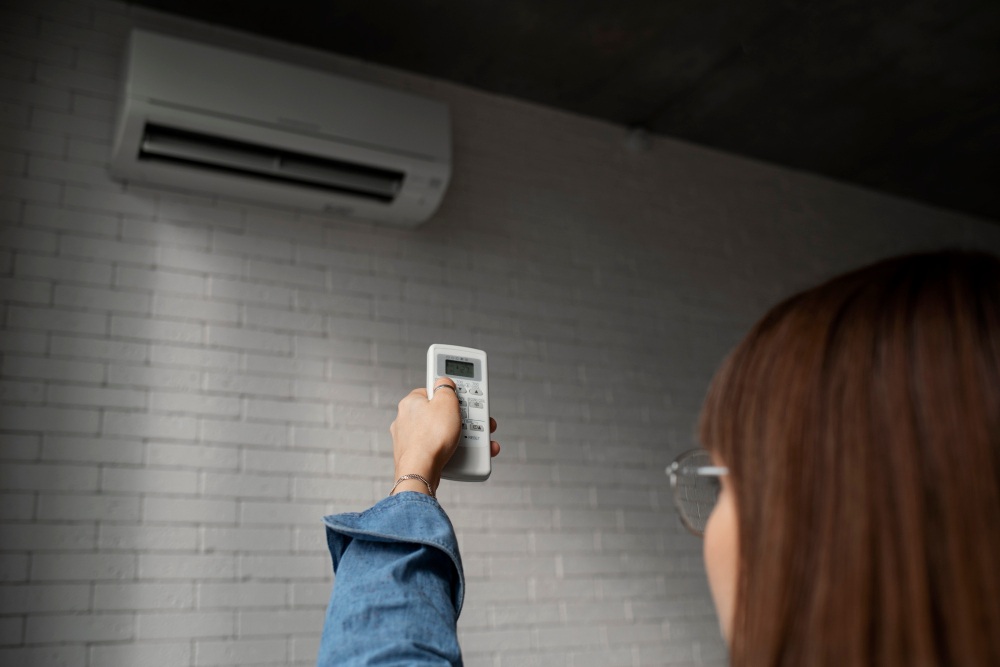
It’s true that the upfront cost of a ductless AC system can be higher than a standard window unit or a basic central air installation-especially if you’re outfitting multiple zones. However, the long-term operating savings can quickly offset that initial investment.
Between the elimination of duct losses, the precise control over cooling zones, and the reduced strain on the compressor thanks to inverter technology, homeowners can see noticeable reductions in their monthly utility bills. In some cases, the savings are substantial enough to pay back the installation cost within just a few years.
6. Eco-Friendly Cooling Option

Energy efficiency isn’t just about saving money-it’s also about reducing your environmental footprint. By consuming less electricity, ductless AC systems reduce greenhouse gas emissions associated with energy production.
Additionally, many modern ductless systems use refrigerants with lower global warming potential (GWP) compared to older HVAC systems. This means they have a smaller impact on climate change while still providing powerful cooling.
7. Flexible Installation Reduces Waste
Another overlooked efficiency factor is the installation process itself. Central air systems require extensive ductwork, which can be wasteful and invasive-especially in older homes where ducts must be retrofitted. Ductless systems require only a small opening for the conduit, which reduces construction waste and keeps installation quick and efficient.
This flexibility also makes ductless systems ideal for additions, renovated basements, or converted garages where extending ductwork would be costly and inefficient.
Final Thoughts
Ductless AC systems are far more than just a stylish alternative to traditional air conditioning-they’re a smart, energy-efficient choice for modern living. By eliminating ductwork energy losses, allowing precise zoned cooling, using advanced inverter technology, and supporting cleaner indoor air, they provide comfort without waste.
While the initial investment may be higher, the long-term savings on utility bills, reduced maintenance needs, and eco-friendly operation make ductless AC systems a win-win for both homeowners and the environment.
If you’re looking for a cooling solution that delivers comfort, efficiency, and sustainability, going ductless could be one of the best upgrades you’ll ever make for your home.
FAQ: Ductless AC Systems
01. What is a ductless AC system?
A ductless AC system, or mini-split, is a cooling system that delivers air directly into a room without ductwork.
02. Are ductless AC systems more efficient than central air?
Yes, they eliminate duct losses, offer zoned cooling, and use inverter technology for greater efficiency.
03. Do ductless AC systems improve indoor air quality?
Yes, they use advanced filtration and avoid dust buildup in ducts.
04. Is the upfront cost of ductless AC worth it?
Over time, energy savings and reduced maintenance can offset the higher initial cost.
05. Can ductless AC systems heat as well as cool?
Many models are heat pumps, offering both heating and cooling year-round.



